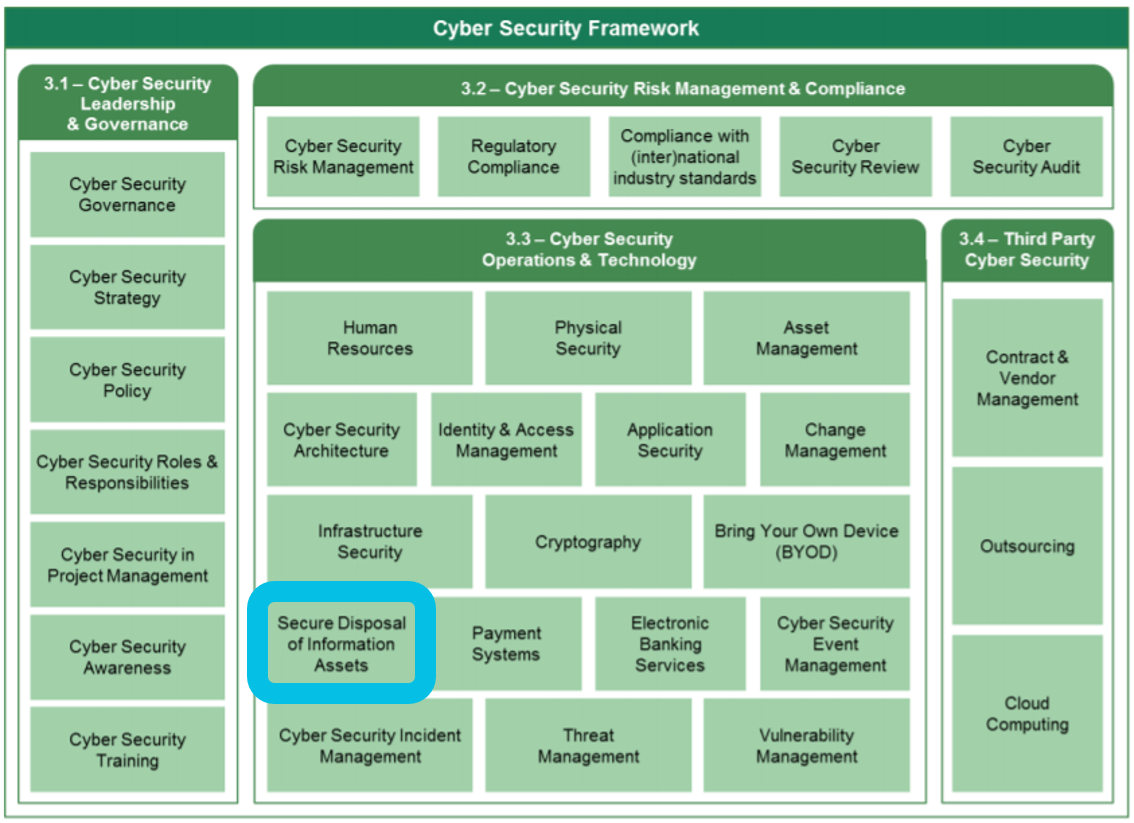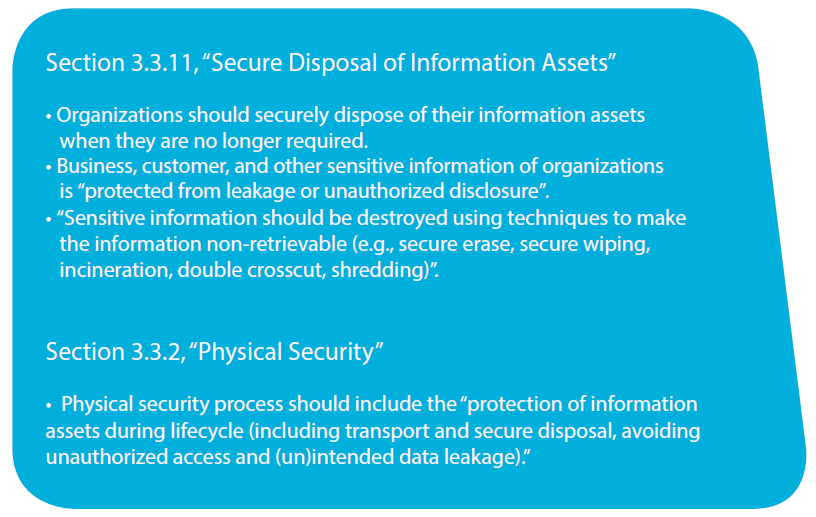


If you’re part of a company or organization based in Saudi Arabia, then you are probably wondering how you can comply with the new regulations introduced by the Saudi Arabian Monetary Authority (SAMA). Understanding all requirements can be a lot to unpack. In this blog we’ll focus on ‘Secure Disposal of Information Assets’ and share 3 steps on how to implement a successful SAMA compliance strategy.

Now that you’ve learned a little more about SAMA, it would be helpful to know exactly what the regulations say about data wiping. In short, SAMA states that organizations must securely and permanently dispose of sensitive data when it’s no longer needed. Below we will take a look at what the regulations say in more detail:

By taking these 3 steps, you’ll ensure that your organization is ready to comply with SAMA wiping requirements both now and in the future.
1. Understand where your data resides
It's your responsibility to know where your data is, even if you outsource data storage to a cloud provider. Map your data flows and build a clear picture of where your information is located, how it is being accessed, and how it is being shared. When the time comes, finding the information to erase will be much faster and easier.
2. Classify and get organized
After determining where your data resides, it's crucial to get (and stay) organized. Start by creating an inventory – classify data by importance to your company and by level of risk. It’s also a good idea to put someone formally in charge of data protection. This sends a message to your consumers (and compliance officers) that you take the protection of their data seriously.
3. Use the right tool
The kind of data you need to erase will help determine what type of software is best for your organization. For example, if you have sensitive information on a computer that’s no longer needed, then you should invest in software that can completely wipe your hard drive before it’s repurposed or disposed. However, if you have a specific file or folder residing somewhere it shouldn’t, then you’ll want to use a tool that lets you wipe selected data from an active computer, while keeping the rest of your files and programs intact.
The most secure and effective way to dispose of your information assets is by wiping, or overwriting, the relevant data when it’s no longer needed. As we all know, the act of permanently removing data from a hard drive isn’t as simple as emptying the recycle bin. Information saved to a hard drive leaves behind residual data, or data remanence, even after the files have been deleted by normal means. In order to stop this data from being restored and accessed with widely available file recovery software, you can choose to wipe your data and permanently erase your information.
If you want to learn more about securely wiping your data, check out our ultimate guide.

Michael Waksman has been serving as CEO of Jetico since 2011, more than doubling the size of the company during his tenure. He brings more than 20 years of communications, technology and leadership experience.
At Jetico, Waksman has lead creation of the corporate identity, raising global brand awareness, building a more commercially-driven team and initiating enterprise customer relations. Jetico has maintained a wide user base throughout the U.S. Defense community, in the global compliance market and for personal privacy.
Waksman served as vice-chairman of the Cyber Group for the Association of Finnish Defense and Aerospace Industries. Recognized as a security and privacy advocate, he is a frequent speaker at international events, occasionally on behalf of the Finnish cyber security industry. In 2012, Waksman was honored with The Security Network's Chairman's Award for fostering collaboration between the United States and Finland. As dual citizen, he is a native New Yorker and has been living in the Helsinki region for over 15 years.
